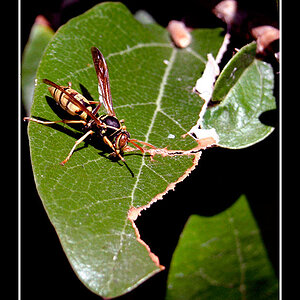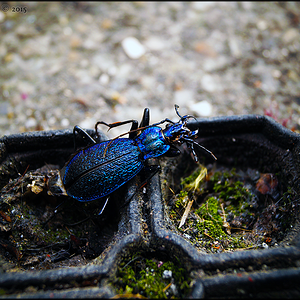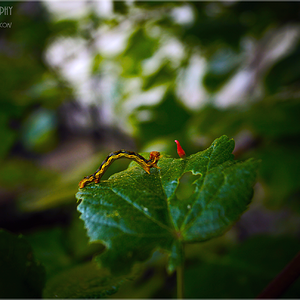amolitor
TPF Noob!
- Joined
- May 18, 2012
- Messages
- 6,320
- Reaction score
- 2,131
- Location
- Virginia
- Can others edit my Photos
- Photos OK to edit
Doug Rickard's book "A New American Picture" now orderable on Amazon. It's a book of photographs, probably in the spirit of Walker Evans' American Photographs and Robert Frank's The Americans. The photographs are all pulled out of google's Street View, rather than actually shot on the street.
Doug Rickard: A New American Picture: David Campany,Doug Rickard,Erin O'Toole: 9781597112192: Amazon.com: Books
Is this photography? If not, why not? What is the difference between driving down an actual street and snapping the right frame at the right moment, and driving down a virtual, pre-recorded street, and doing the same thing?
Discuss!
Doug Rickard: A New American Picture: David Campany,Doug Rickard,Erin O'Toole: 9781597112192: Amazon.com: Books
Is this photography? If not, why not? What is the difference between driving down an actual street and snapping the right frame at the right moment, and driving down a virtual, pre-recorded street, and doing the same thing?
Discuss!
As an Amazon Associate we earn from qualifying purchases.


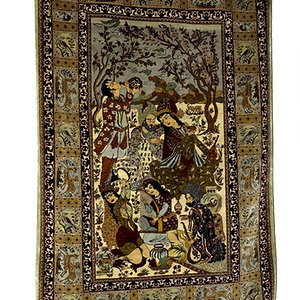
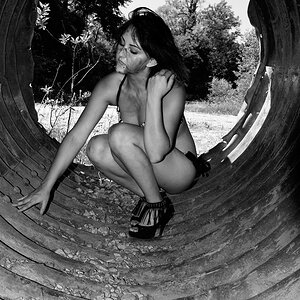
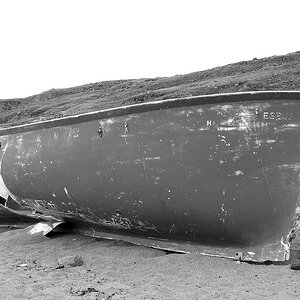

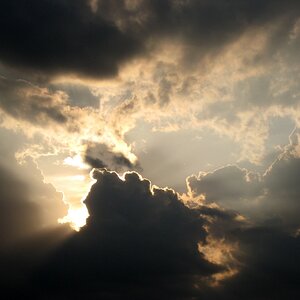
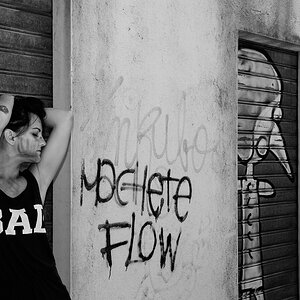
![[No title]](/data/xfmg/thumbnail/32/32807-d5379cd3a34c7d2ac3535361dd969c10.jpg?1619735667)
